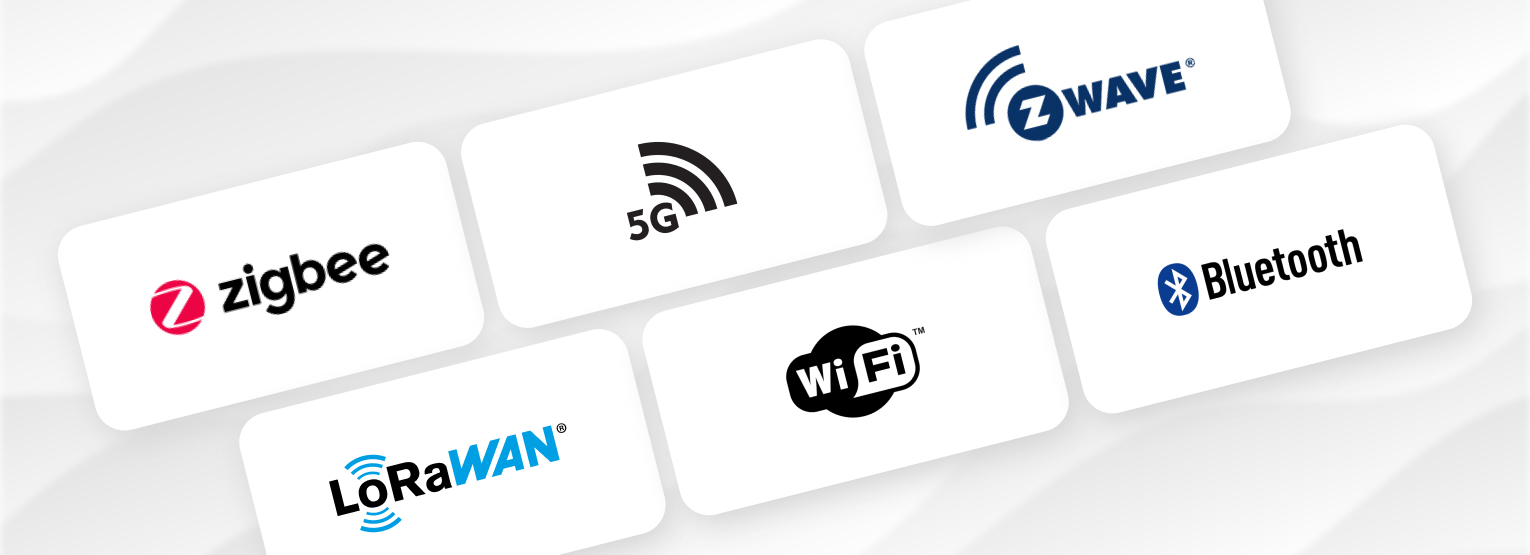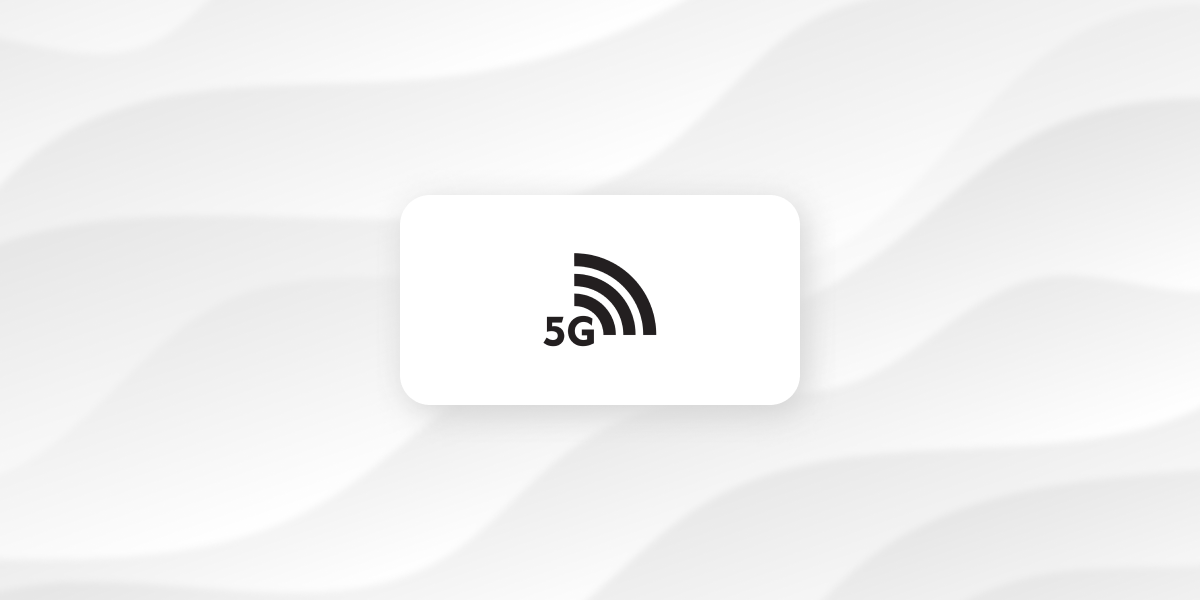Among the many wireless communication technologies, LoRa (Long Range) has become well-known for its ability to provide long distance communication with low power consumption. This makes it suitable for various IoT (Internet of Things) networking projects.In this article we will compare LoRa vs other wireless technologies: Bluetooth, Zigbee, Z-Wave, Wi-Fi and 5G, and discuss their advantages and disadvantages. We will also describe their optimal use cases to assist in choosing the right IoT connectivity.

LoRa
LoRa is a patented wireless communication technology designed for low-power, high-range networks. It is used in Internet of Things (IoT) projects to connect many devices into a single smart network. Such devices operate in the sub-GHz frequency band of 400-900 MHz.
LoRa, when used as a Long Range Wide Area Network (LoRaWAN), offers a high range of (about 15 kilometers and considerable penetrating power. The technology is ideal for projects where battery life and long distance connectivity are critical.

Bluetooth
Bluetooth is a wireless communication technology for exchanging information at short distances. It operates in the 2.4 GHz frequency band. Generally, this technology is used to connect devices in close proximity such as smartphones, headphones, and smart watches.
Although Bluetooth is effective in short-range tasks, its high power consumption and limited range make it less suitable for systems requiring extended coverage.
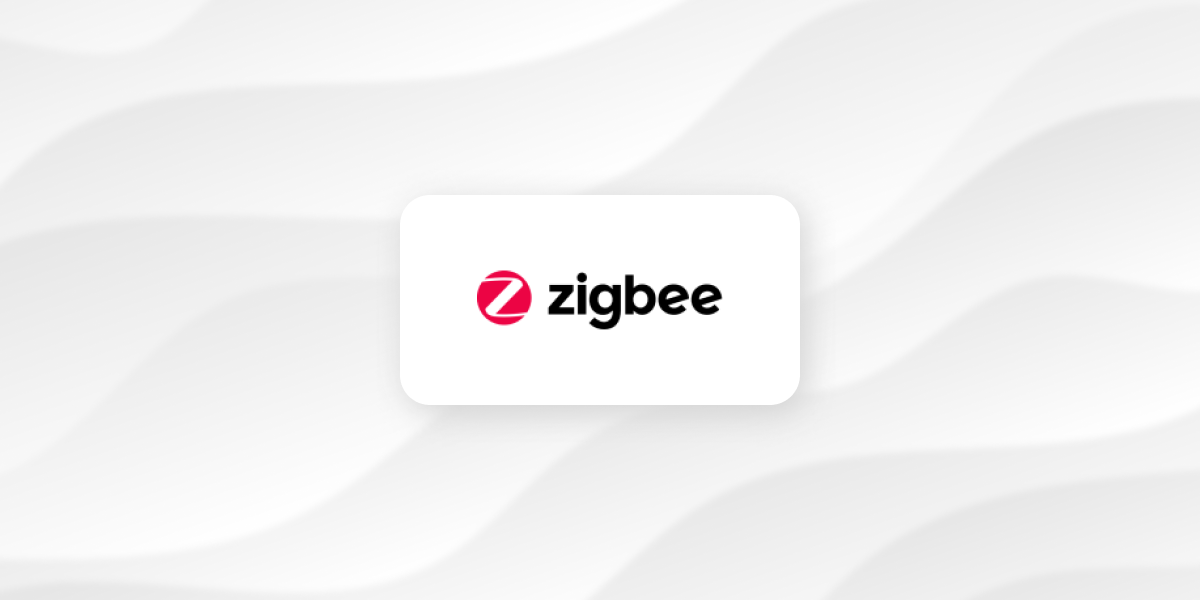
Zigbee
Like Bluetooth, Zigbee operates in the 2.4 GHz frequency band. This wireless communication technology is designed for low-power, short-range communication in Internet of Things devices. It is widely used in automating household gadgets at home, as well as in industrial projects.
Zigbee’s mesh network capacities allow devices to relay messages, extending the coverage area. But its short range can limit its use in systems that require fast and high-quality data exchange over long distances.
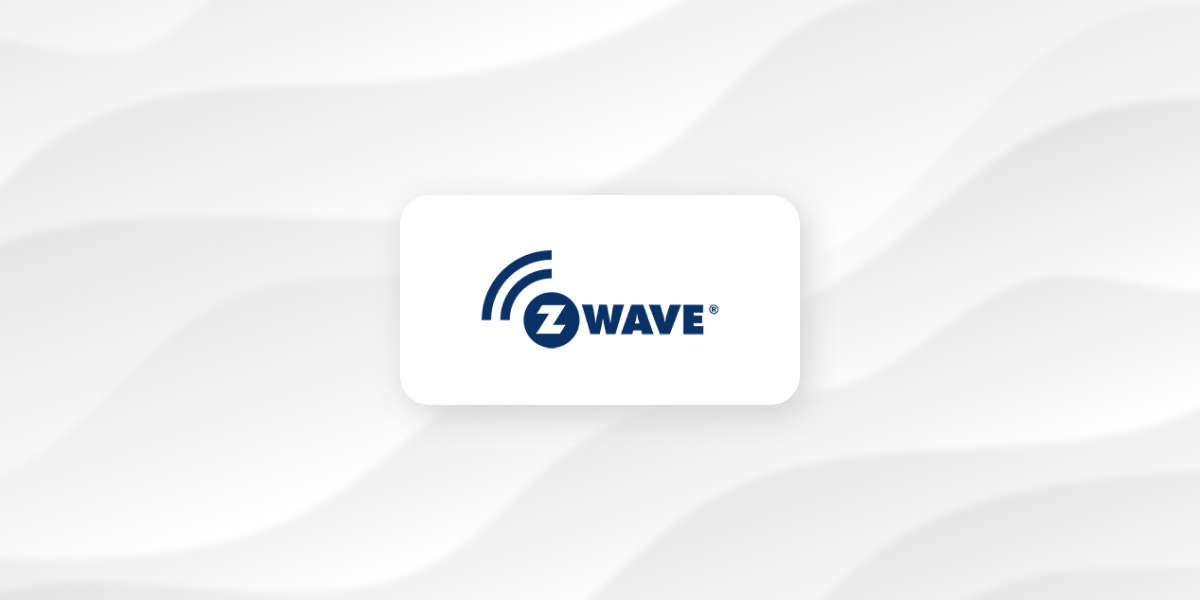
Z-Wave
No wireless technology comparison would be complete without mentioning Z-Wave, a low-power wireless communication option similar to Zigbee. It is also used to automate the operation of smart home gadgets. However, in this case, data exchange takes place in the sub-GHz frequency band of 800-900 MHz.
Compared to Zigbee, Z-Wave technology has a higher penetration capacity. This means that radio waves generated using Zigbee protocols are better able to pass through walls, furniture, building blocks and other barriers. This makes Z-Wave one of the most sought-after technologies in smart home ecosystems.
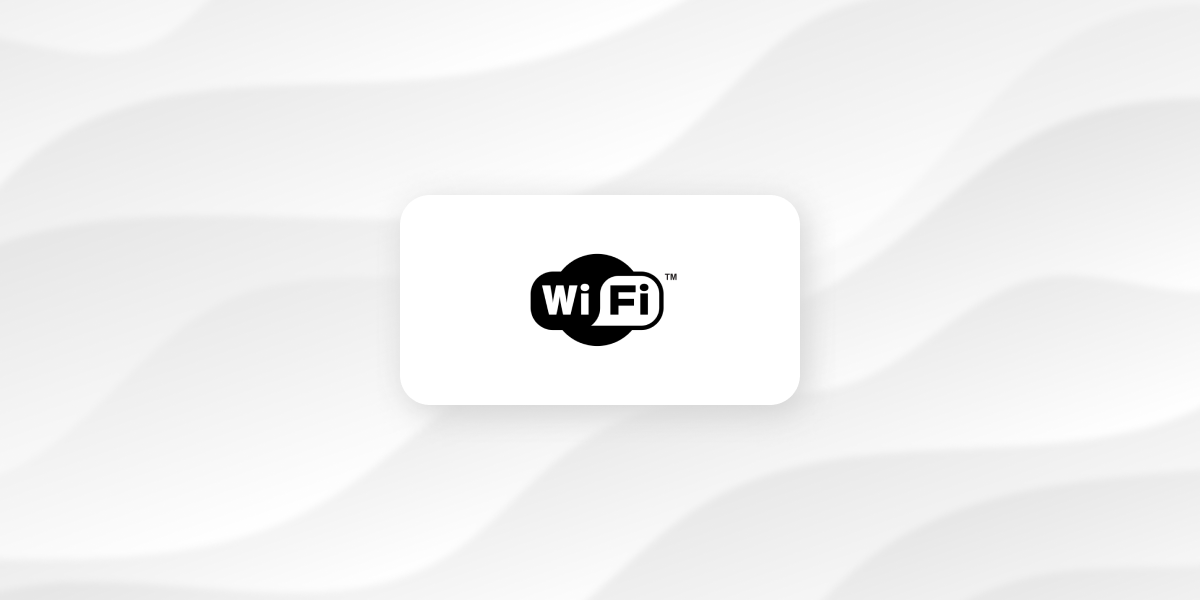
Wi-Fi
Wi-Fi is a common wireless data transmission technology that operates in the 2.4 GHz and 5 GHz frequency bands. This technology is used for networks where high data transfer speeds are required. As a result, it has become widely popular in local area networks (LANs).
Although Wi-Fi offers high data transfer speeds and capacity, it is less commonly used for Internet of Things solutions. Devices in Wi-Fi networks consume a lot of power and the range of the network is limited. In IoT networks, gadgets require long battery life and long distance connectivity.
5G
5G is the fifth generation of mobile networks operating in different frequency bands:
Sub-GHz band — 600 MHz and 700 MHz. Provides high range and deep penetrating capacity. Limited bandwidth (low connection speed).
Medium spectrum — 1-6 GHz. Provides a balance between coverage radius and bandwidth.
Millimeter waves — 24 GHz and above (28 GHz, 39 GHz). Provide high throughput but operate over short distances and with poor penetrating capacity.
5G is a modern wireless communication technology, but its high power consumption, cost and infrastructure requirements limit its use in Internet of Things solutions. 5G is not suitable for use in remote environments or environments with limited resources.
The choice of wireless technology should be based on factors such as range, power consumption, data transmission rate, signal behavior, and the needs of the specific solution. Among numerous IoT connectivity options, LoRa stands out for its high range and low power consumption, making it the preferred choice when considering long range IoT solutions.
